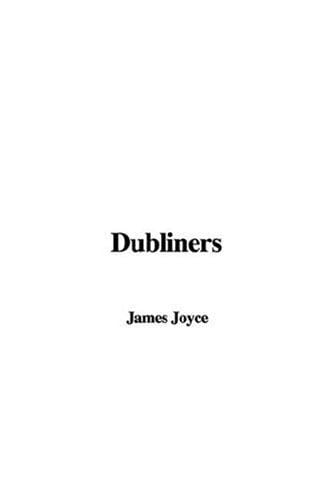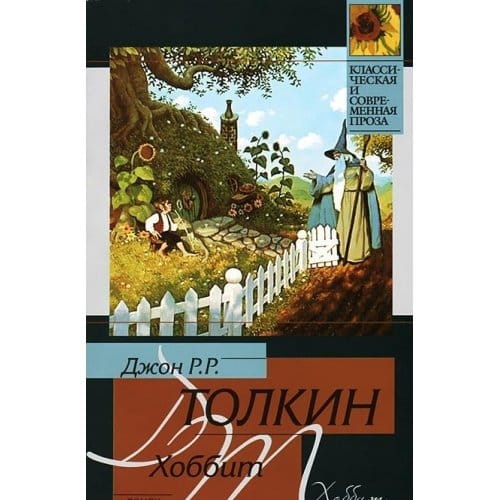Dubliners: A Comprehensive Guide to James Joyce’s Ground-Breaking Short Story Collection
Discover the background, themes, and lasting impact of James Joyce’s Dubliners in this in-depth 800-word guide for readers, students, and literature lovers.

Dubliners
Introduction: Why "Dubliners" Still Matters
More than a century after its 1914 publication, James Joyce’s "Dubliners" remains one of the most influential short story collections in English literature. Comprising 15 intricately woven tales set in early-twentieth-century Dublin, the book delivers an unflinching portrait of ordinary lives caught between paralysis and the faint possibility of epiphany. Whether you’re a student preparing for an exam, a casual reader seeking insight, or a Joyce devotee revisiting the text, understanding "Dubliners" provides a crucial entry point into modernist fiction.
Historical Context and Publication Struggles
Joyce wrote many of the stories between 1904 and 1907, but publishers balked at his candid depiction of religion, politics, and sexuality. Controversy over references to real Dublin establishments and figures led to years of rejection and demanded edits Joyce largely refused to make. When publisher Grant Richards finally accepted the manuscript, Joyce insisted on authenticity, capturing a city poised between colonial rule and emergent national identity. This battle for accuracy underscores the collection’s enduring realism and its author’s commitment to artistic integrity.
Structure and Narrative Style
"Dubliners" is meticulously organized into a progression from childhood through adolescence, maturity, and public life, mirroring human development. The first three stories—"The Sisters," "An Encounter," and "Araby"—center on young protagonists, while later pieces such as "A Little Cloud" and "Counterparts" explore adult disillusionment. The final story, "The Dead," serves as a culmination, synthesizing the collection’s motifs in a sweeping meditation on love, memory, and mortality.
Joyce’s prose balances precise naturalism with lyrical moments. He employs free indirect discourse, allowing readers to inhabit characters’ thoughts while maintaining narrative distance. This technique, relatively innovative at the time, influenced generations of writers and anticipates Joyce’s later stylistic leaps in "Ulysses" and "Finnegans Wake."
Major Themes: Paralysis, Epiphany, and Escape
The dominant theme of "paralysis" permeates every story. Characters dream of change—leaving Dublin, pursuing romance, or reclaiming dignity—but social, religious, and psychological forces immobilize them. In "Eveline," the title character freezes on the quay, unable to board a ship that could liberate her from domestic drudgery. In "Clay," Maria’s repetitive routines symbolize a citywide stasis.
Counterbalancing paralysis is the concept of "epiphany," Joyce’s term for sudden moments of insight that reveal deeper truths. These insights are often painful, as when Gabriel Conroy in "The Dead" recognizes the shallowness of his own life while contemplating the snow blanketing Ireland. Joyce’s epiphanies seldom lead to action, highlighting the tension between awareness and inertia.
Escape—geographical, emotional, spiritual—threads through the collection as a hope rarely fulfilled. Whether through emigration to Buenos Aires or flights of romantic fantasy, characters confront the restrictive realities of Irish nationalism, Catholic doctrine, and economic hardship.
Key Stories You Cannot Miss
"Araby"
Perhaps the most anthologized of the tales, "Araby" chronicles a boy’s infatuation with his friend’s sister and his disillusionment at a tawdry bazaar. The story encapsulates youthful idealism clashing with mundane reality and introduces readers to Joyce’s signature blend of sensory detail and symbolic resonance.
"A Painful Case"
This mid-collection gem portrays Mr. Duffy, an emotionally stunted bachelor who rejects a woman’s affection only to learn of her tragic death. The realization of his isolation provides one of the collection’s starkest examinations of self-imposed exile.
"The Dead"
At nearly 15,000 words, "The Dead" functions almost as a novella. Set during a snow-laden holiday gathering, it juxtaposes lively social interaction with existential introspection. Gabriel’s closing vision of snow "falling faintly through the universe" elevates the local to the cosmic, marking a landmark moment in modernist narrative artistry.
Dublin as a Character
Joyce famously declared his intent to give readers “a chapter of the moral history of my country,” and Dublin itself is rendered with journalistic accuracy. Street names, tram lines, public houses, and even shop-front advertisements anchor the stories in tangible geography. Yet the city is more than backdrop; it actively shapes the inhabitants’ choices and limitations. Foggy quays, dimly lit parlors, and cramped tenements mirror interior states, reinforcing the symbiosis between place and psyche.
Legacy and Literary Influence
Upon release, "Dubliners" drew praise from contemporaries like Ezra Pound, yet it reached a wider audience only after Joyce’s later fame. Today it is a mainstay of curricula worldwide, celebrated for pioneering psychological realism and urban modernity. Writers such as T.S. Eliot, Katherine Mansfield, and John Updike have cited Joyce’s influence on their approach to the short story form. The collection’s emphasis on epiphany paved the way for the minimalist revelations found in Raymond Carver and Alice Munro.
How to Read "Dubliners" Today
For modern readers, the book rewards slow, attentive reading. Familiarizing yourself with Dublin’s geography through maps or walking tours can enrich the experience. Pay special attention to recurring motifs—windows, music, snow, and references to colonization—as these build cumulative meaning across stories. Many find it helpful to read the stories in order to appreciate the developmental arc Joyce designed, though each tale also stands alone.
Conclusion: The Enduring Power of Everyday Lives
"Dubliners" transforms the seemingly ordinary into literary art, revealing universal human struggles beneath the veneer of daily routine. Its meticulous realism, thematic cohesion, and stylistic innovation continue to inspire scholars and storytellers alike. By illuminating both the paralysis and possibility in early-twentieth-century Dublin, Joyce offers timeless insights into the complexities of identity, community, and the elusive search for meaning.



